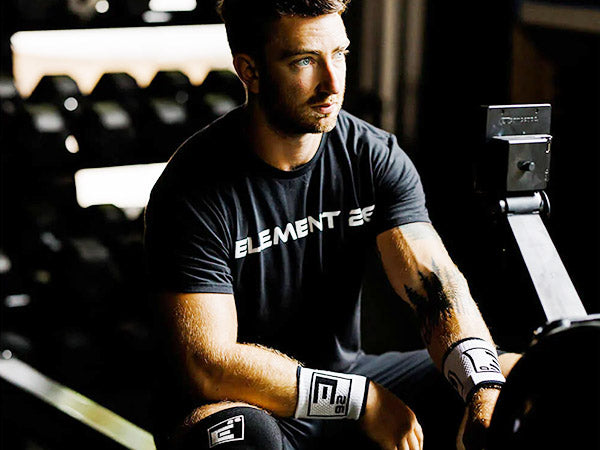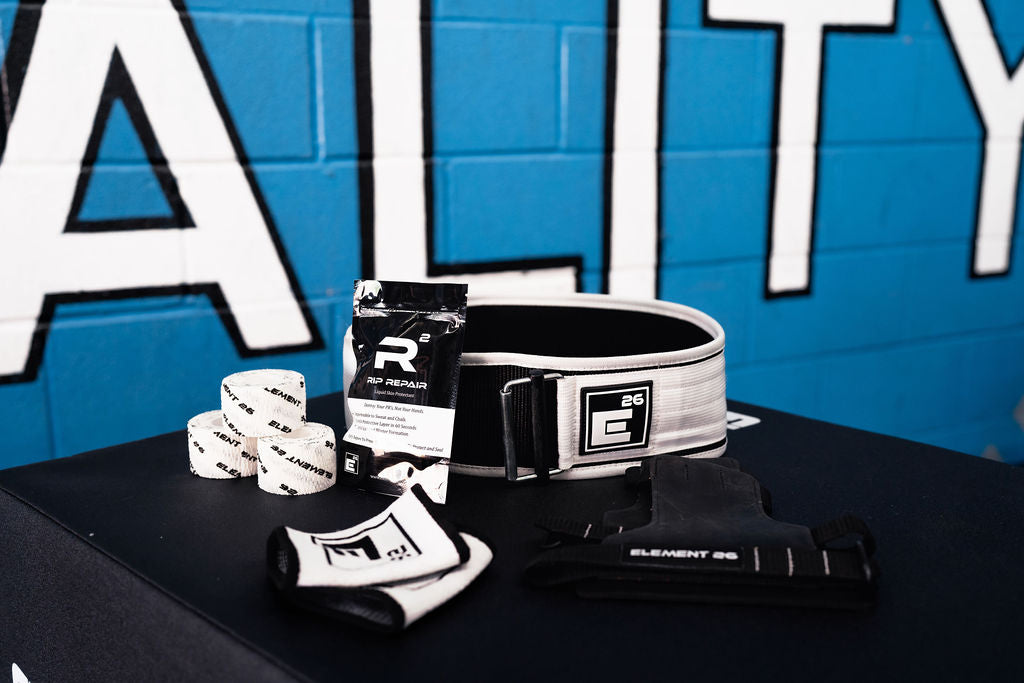Weightbelts: The Problem and The Solution
When it comes to weightlifting, powerlifting and competitive sports a lot of these athletes are wearing a belt. Some are wearing leather single prong, some double prong, and then some lever. Breaking it down further, each belt will have a different width (traditionally 10-13mm) and possibly a different height depending on manufacturer. On the other hand you will see similar athletes wearing nylon or neoprene as well, most with a traditional velcro and buckle setup. All these athletes want one thing from these belts….support when attempting their heavier attempts for their selected sport.
Here is a brief background: a weightbelt is designed to increase intra-abdominal pressure giving the body a better sense that it is stable within the environment. It is not meant to correct form or reduce mechanical back pain caused from poor movement quality. Those are issues that need to be addressed outside of wearing a belt. The belt will not fix that. However, if the quality of movement is there and you are a relatively intermediate to advanced athlete, then a belt is a great option to utilize in your own lifting.
As a coach, physical therapist, personal trainer, and avid weightlifter, I am always on the lookout for game-changing equipment. Footwear, belts, chalk, sleeves, wraps, straps, etc. I don’t just recommend these things blindly, I consider the athlete, the task/sport they are performing and how that piece of equipment may assist them. But let’s talk about belts. Keep in mind, every belt has a specific purpose at a select time for a certain individual. Below I have outlined the advantages and disadvantages with the basic belts out there and after I discuss the solution that we have developed at Element 26.
Leather Single/Double Prong (10-13mm thickness)
- Great tactile feedback
- Very good rigidity all the way around
- Little or no flex
- Very Durable and lasts a long time
- Commonly used in powerlifting
- Long “break-in” period
- Sometimes irritating to the ribs and abdominal region
- Difficult to adjust, tighten, and secure before a lift (sometimes need help from someone)
- Difficult to carry around from gym-to-gym and fit in your gym bag
- Finite Adjustment, it can only be adjusted based on how far apart the holes are
- Good quality leather belts are expensive

Leather Lever (10-13mm thickness)
- Excellent tactile feedback
- Quick on and off
- Durable and lasts a long time
- Very common in powerlifting
- Long break-in period
- Need to unscrew the lever portion if body composition changes (gaining/losing weight)
- Sometimes irritating to the ribs and abdominal region
- Finite Adjustment, it can only be adjusted based on how far apart the holes are
- Expensive
Nylon/Neoprene (Velcro and Steel Buckle)
- Less expensive than good quality leather belts
- Easy to throw in your gym bag
- 100% Nylon (not neoprene) belts provide no flex and excellent tactile feedback
- Some have a contour to “support” the low back. This portion itself does not actually support the low back, instead it’s the circumferential pressure around the abdomen with help from the whole belt that “supports” the low back.
- Velcro-only belts are a safety risk as they can “pop-open” mid-lift
- Velcro wears down over time increasing the risk of opening up mid-lift
- Neoprene belts have flex which reduces pressure in critical moments

Remember, every belt has benefits and can be utilized at a specific point in time but those were some of the benefits and complaints that we encountered at Element 26. So as a solution, we analyzed and designed a product that would address all the benefits and problems of the different belt types and we would put it together in one solution.
Enter the Element 26 Self-Locking Nylon Weightlifting Belt. No more hassle
Benefits of this belt:
- As comfortable as a typical nylon velcro belt without causing you irritation to the abdomen or ribs
- Belt can be rotated as to ensure the buckle never gets in the way of your Olympic lifts
- Provides you the intra-abdominal pressure and tactile feedback of a leather belt
- Maximizes intra-abdominal pressure for increased stability of your lifts due to uniform shape
- Does not have a painstaking “break-in” period which can cause you bruises and discomfort
- Builds your confidence to increase your lifts with a built-in self-locking steel buckle that will never come loose unexpectedly***
- You won't need to replace it anytime soon due to it being 100% premium nylon, not sub-par "Neoprene"
- Allows you to optimize pressure with unlimited adjust-ability of your different lifts to hit your new personal records
- Never worry about problems with your new belt due to our Lifetime Warranty
- Easy to store and bring in your gym bag, no more hassle of large leather belts
- No hassle rapid adjustment before your lifts
- Absolutely nothing to screw or unscrew
***Unique to Element 26, LLC design and unlike other competitors that rely solely on velcro which can be unsafe if it pops open in the middle of your lift.

As a weightlifter I am extremely excited about how this product came out and I cannot wait to use it in my own training. This belt is a premium piece of equipment and can be used by weightlifters, powerlifters, functional fitness athletes, and recreational lifters. I would recommend this belt to all of my athletes, clients, patients, and anyone who is dedicated to the sport of weightlifting.
Our followers get a 20% Discount! Use code: GROUPE26 at check out on Amazon!
Check out the Element 26 Self Locking Weightlifting Belt Here






Leave a comment